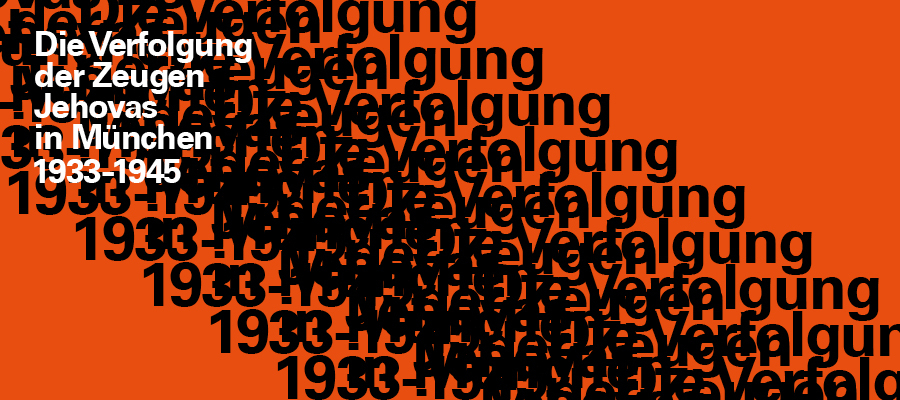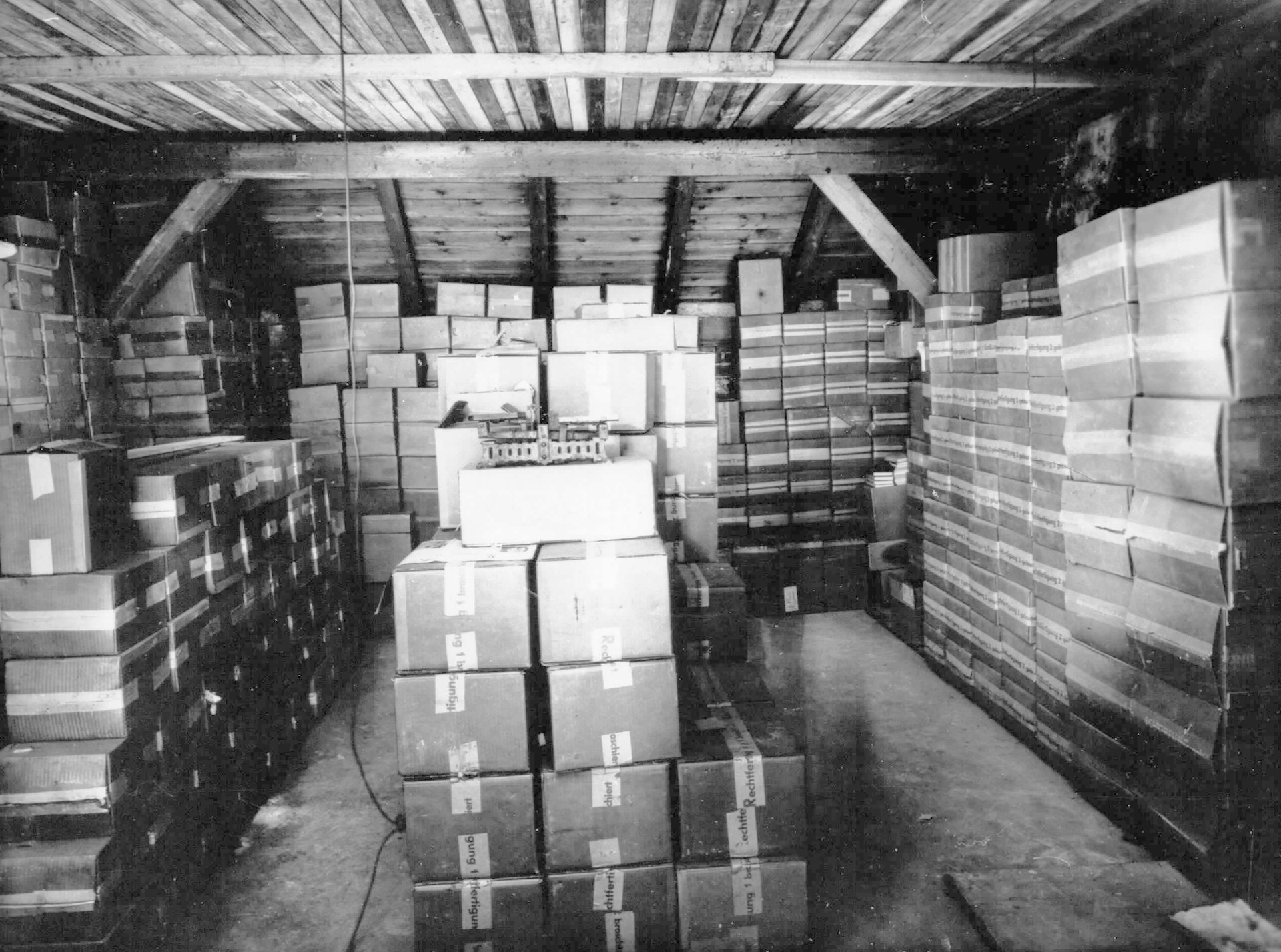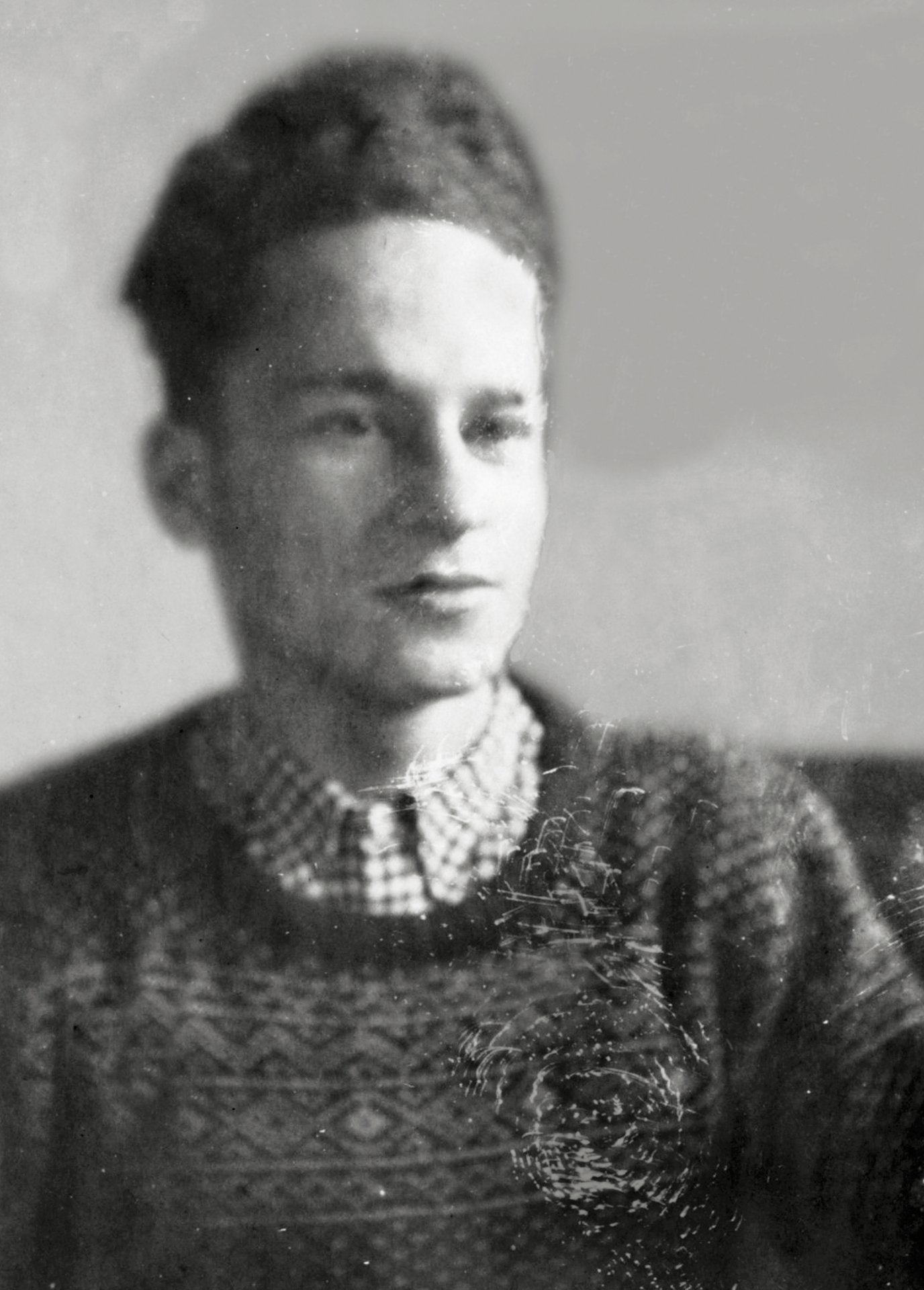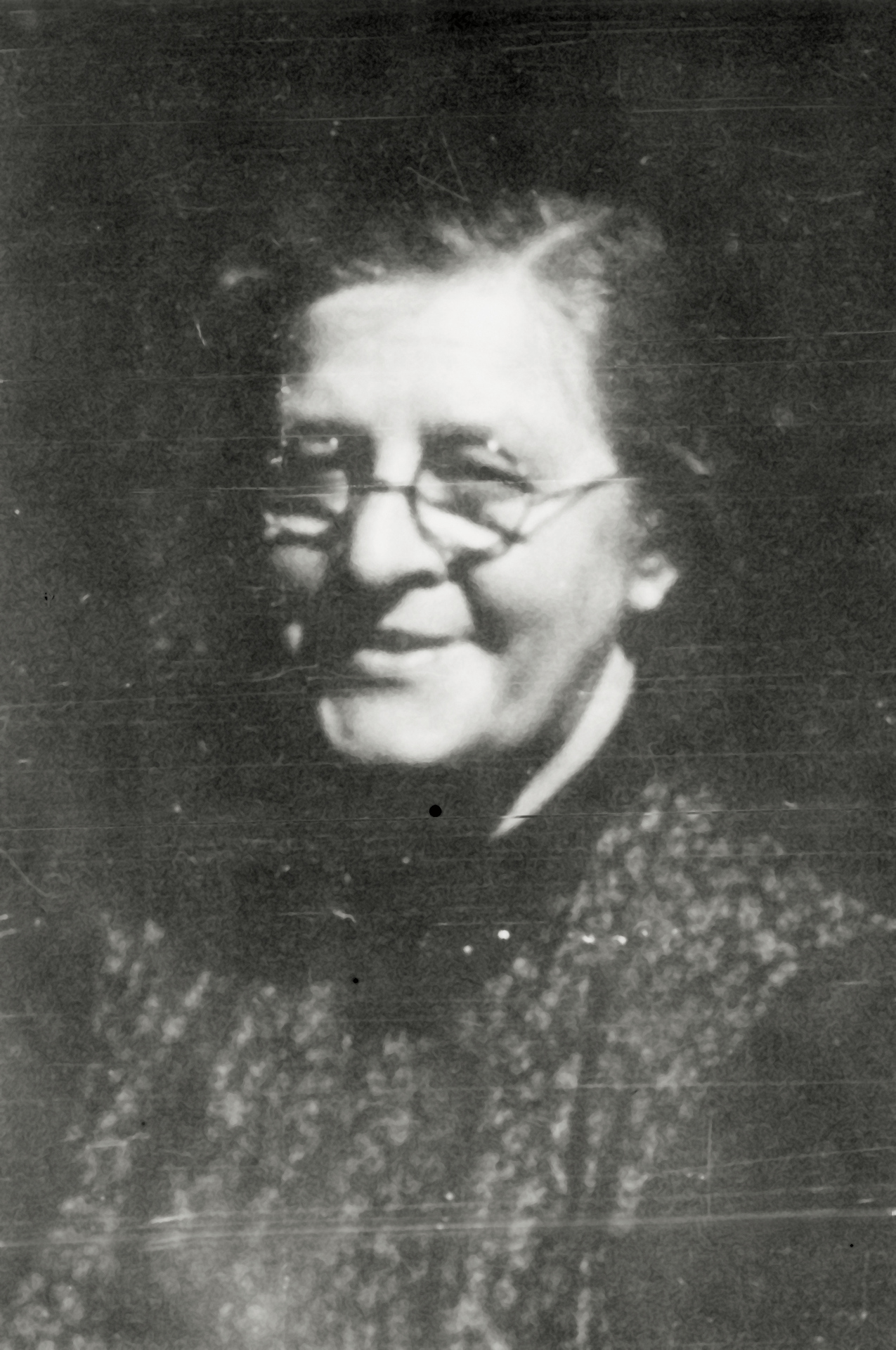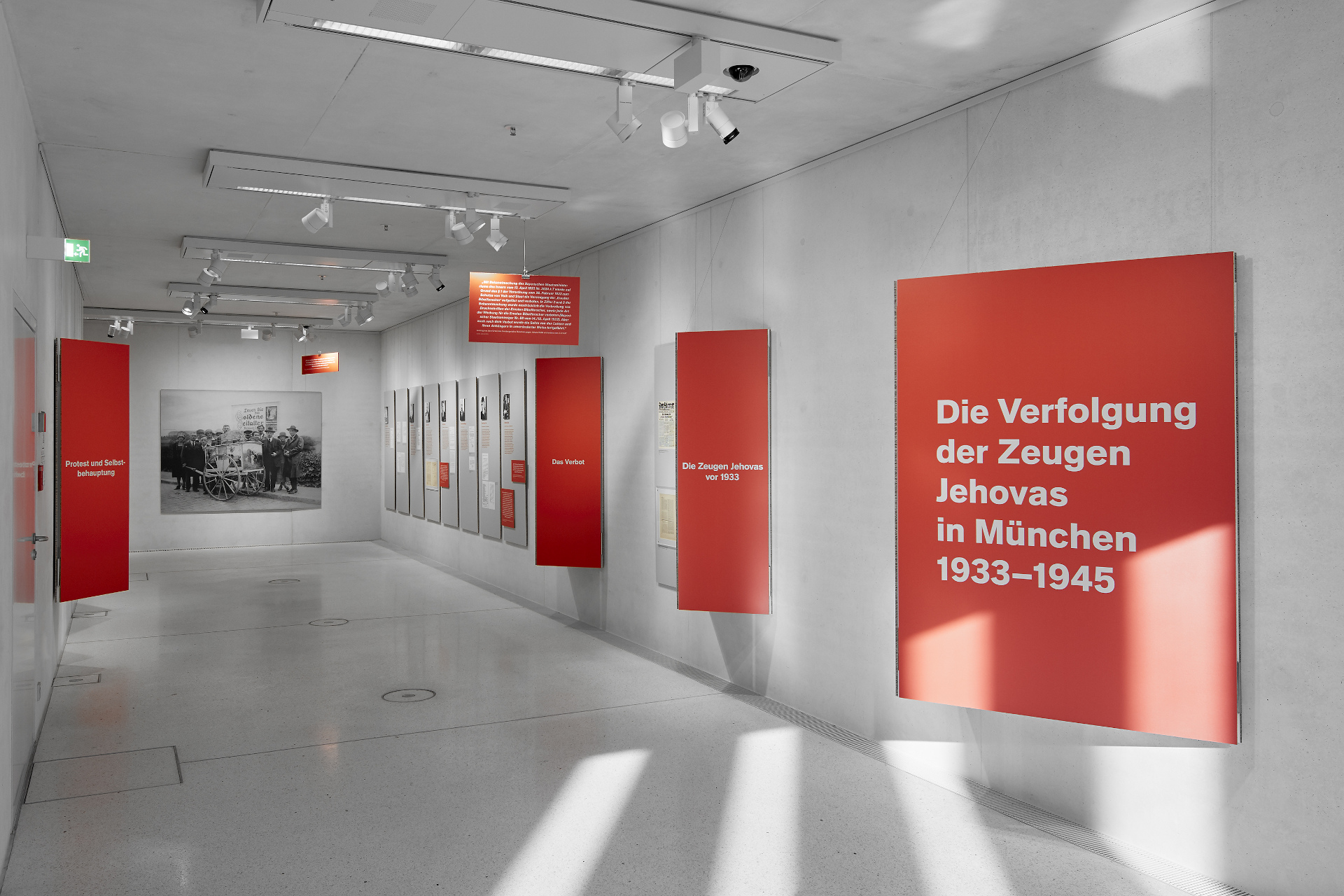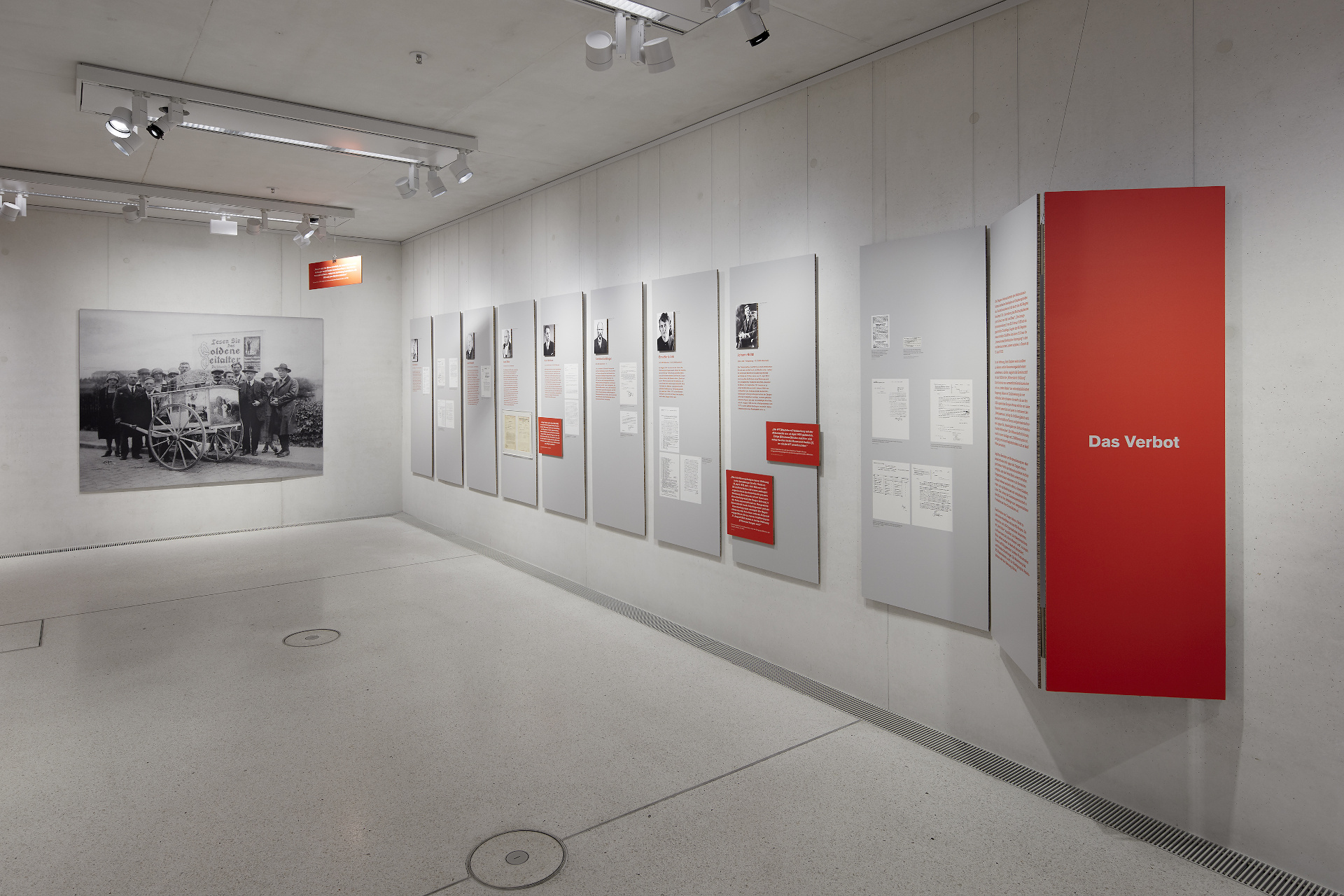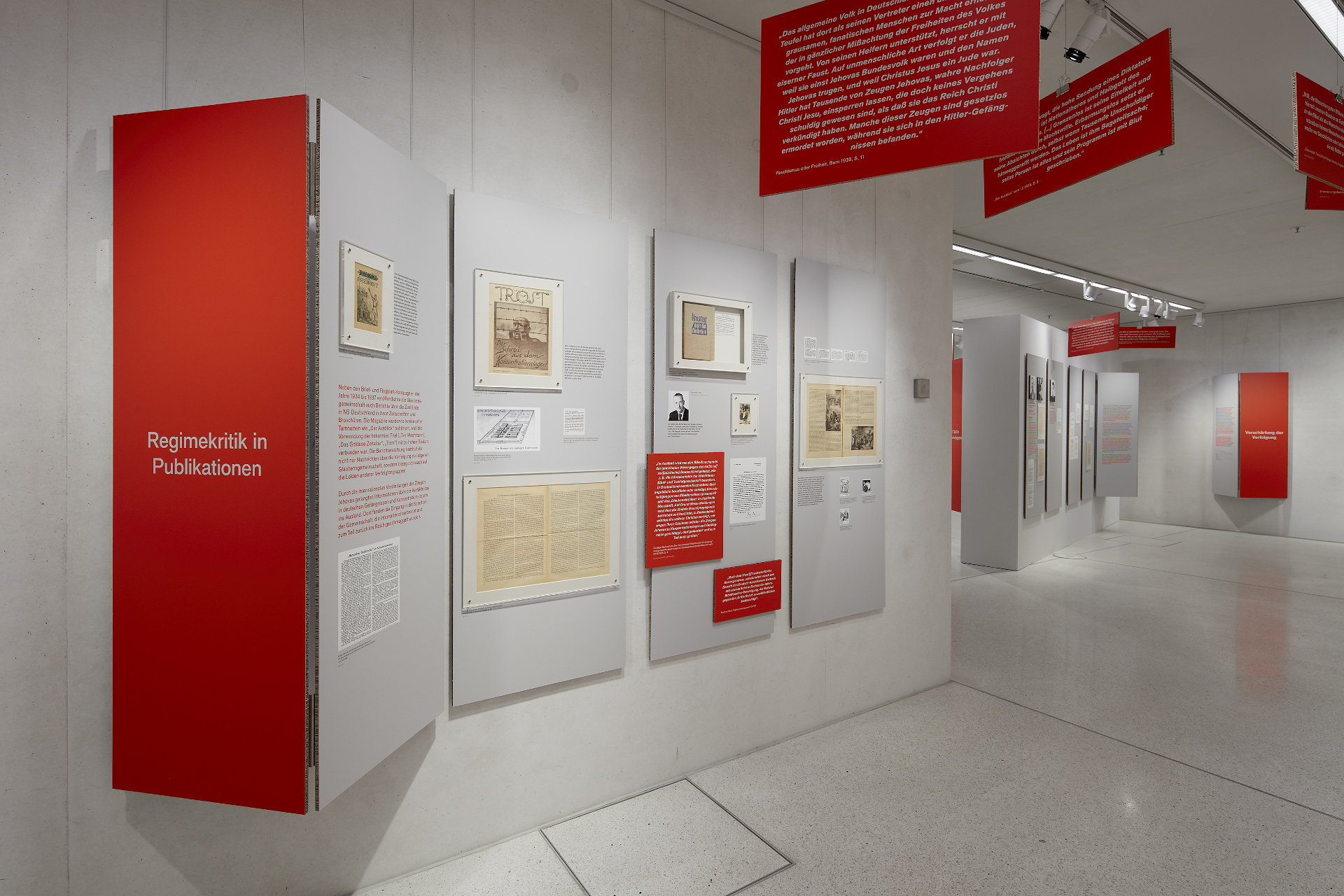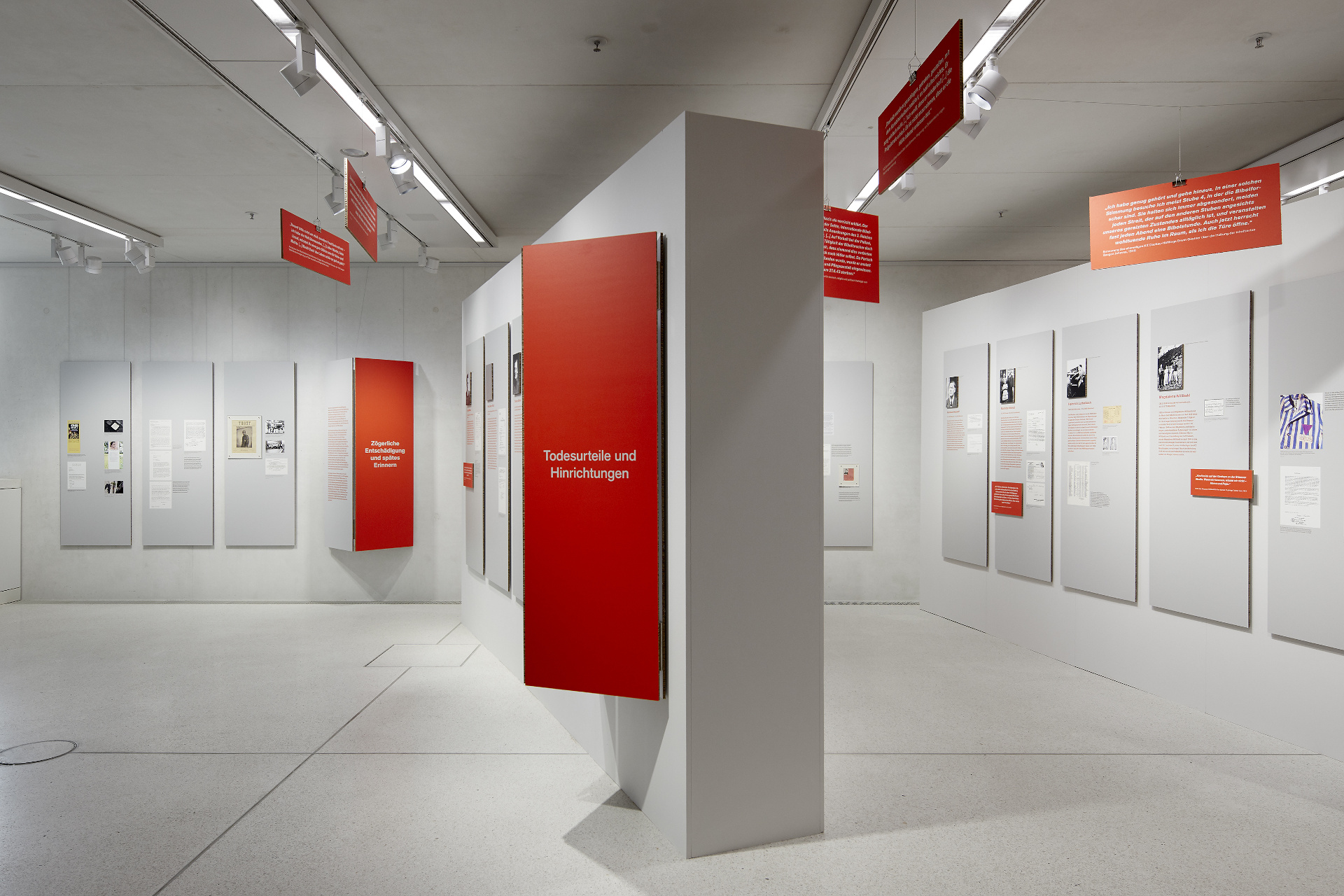About the exhibition
During the Nazi era, the Jehovah’s Witnesses were subjected to repressions and persecution on account of their faith. With this exhibition the Munich Documentation Centre for the History of National Socialism for the first time documented comprehensively the persecution of this religious community in Munich. The Jehovah’s Witnesses rejected National Socialism and its ideology out of religious conviction; they refused, for example, to give the Hitler salute or to serve in the armed forces. For these reasons they aroused the antagonism of the Nazi regime early on. Many of them were incarcerated in concentration camps. Altogether more than a thousand Jehovah’s Witnesses died during the Nazi era. Hundreds of them were sentenced to death and executed for “undermining national defence” or for conscientious objection. These state-sanctioned murders were one reason why the right to refuse to perform military service was enshrined in the Basic Law of the Federal Republic of Germany.
The exhibition was designed to raise awareness among the Munich public of the still little-known history of the suffering of the Jehovah’s Witnesses under the Nazis. The Munich Documentation Centre for the History of National Socialism is thus continuing its remembrance work for those victims of Nazi crimes who were “forgotten” or marginalised for many decades. The content of the exhibition was based on a book on the subject produced at the Munich Documentation Centre in 2017/18.


